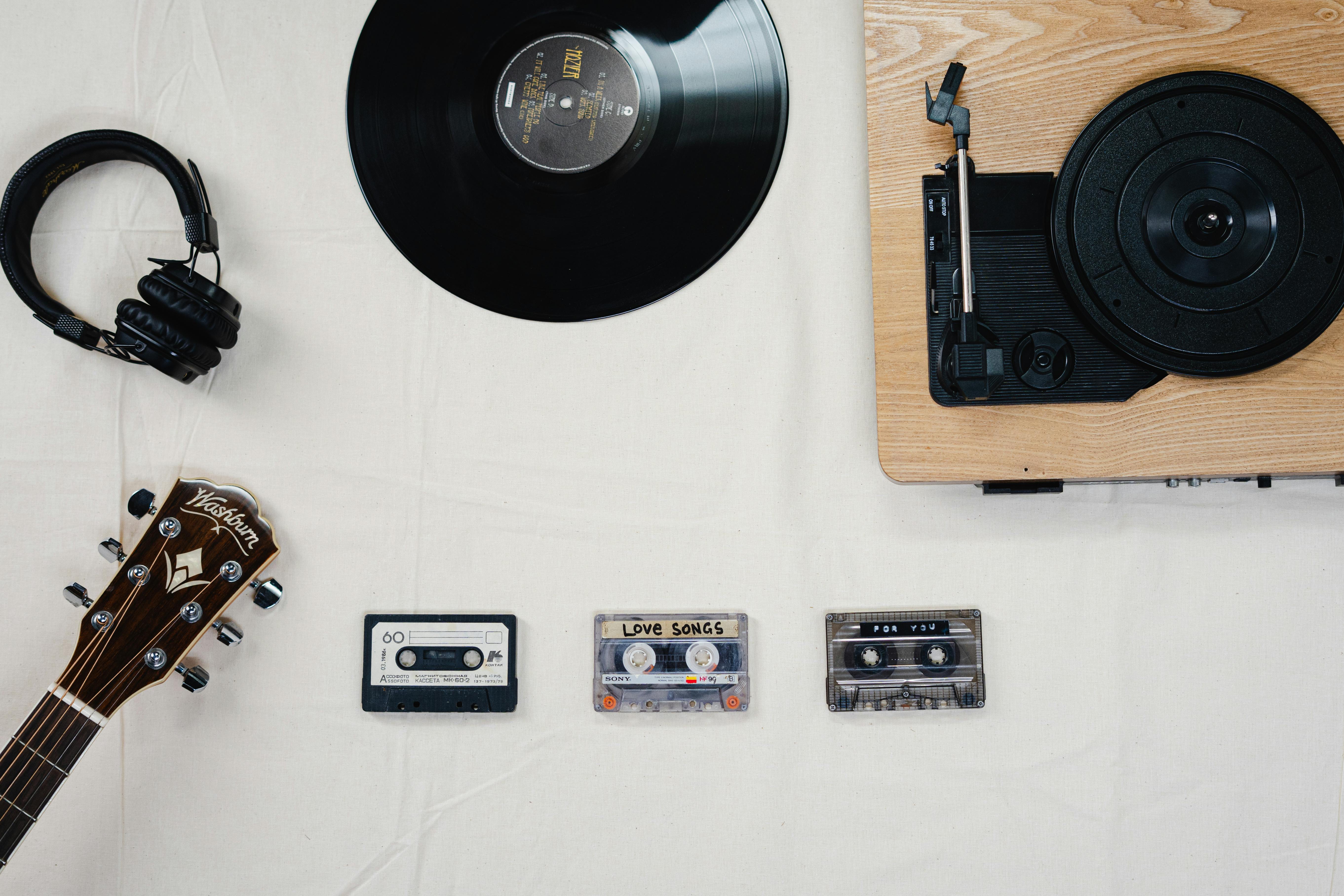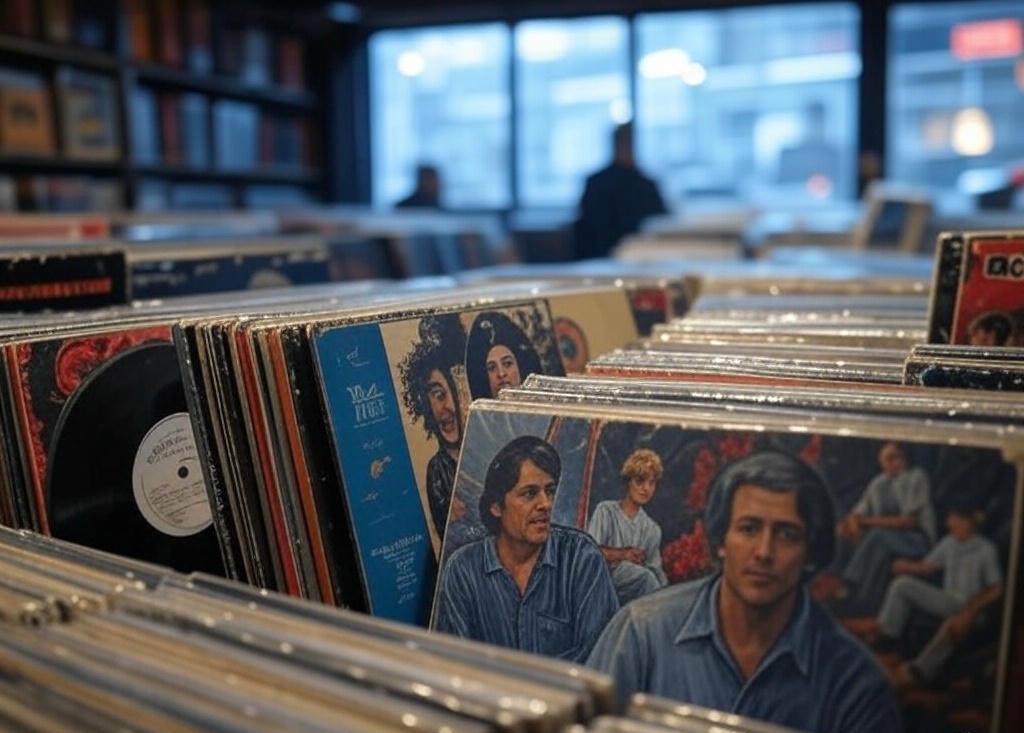For audiophiles, the pursuit of perfect sound is a lifelong obsession—a quest that pits the warm, tactile allure of vinyl against the pristine, efficient precision of digital audio. This debate, rooted in technology and steeped in passion, has raged for decades, splitting the community into camps of analog purists and digital devotees. Each side claims superiority in delivering the ultimate listening experience, yet both vinyl and digital come with trade-offs that leave audiophiles wrestling with a dilemma: is the “perfect sound” about fidelity to the source, emotional resonance, or something else entirely? In an age where music is more accessible than ever, this clash reveals as much about human perception as it does about audio engineering.
The Case for Vinyl: The Analog Soul
Vinyl’s appeal to audiophiles lies in its analog nature—a direct, unbroken chain from recording to playback. Pressed from master tapes onto physical grooves, vinyl captures sound as a continuous waveform, preserving nuances that digital sampling can miss. Enthusiasts rave about its warmth—a rich, organic tone attributed to harmonic distortion and the physical resonance of the needle on wax. This “imperfection” adds character, making instruments feel alive and voices intimate, as if the artist is in the room.
The ritual of vinyl enhances its mystique. Flipping through sleeves, cleaning records, and gently lowering the stylus create an immersive experience that digital can’t replicate. For many, this tactile connection elevates listening into a sacred event. Take a classic jazz LP like Miles Davis’s Kind of Blue: on vinyl, the hiss and crackle blend with the music, evoking a smoky 1950s club, a sensation lost in digital sterility.
Yet, vinyl’s charm comes at a cost. Records wear with each play, accumulating noise and distortion. Pressing quality varies, and modern releases are often mastered digitally anyway, negating some analog advantages. Storage is cumbersome, and high-end turntables—think models from Rega or Technics—demand significant investment. For audiophiles chasing purity, vinyl offers soul but rarely perfection.
The Case for Digital: Precision and Power
Digital audio counters vinyl’s romance with cold, hard science. By converting sound into binary data, formats like FLAC or high-resolution streaming (Tidal’s 24-bit/192kHz offerings) promise fidelity closer to the original recording. Digital eliminates surface noise, boasts a wider dynamic range, and captures frequencies beyond human hearing—up to 96kHz or more in hi-res files. This is the most accurate reproduction for purists: what the artist and engineer intended, unmarred by analog quirks.
Convenience is digital’s ace. A single device can store thousands of albums, streamable anywhere, anytime. Advanced digital-to-analog converters (DACs) and amplifiers—like those from Schiit or Chord—pair with high-end headphones to rival any vinyl rig. Listening to a symphony like Beethoven’s Ninth on a pristine digital file reveals details—the faint breath of a flutist, the bow’s scrape on strings—that vinyl’s limitations might obscure.
But digital isn’t flawless. Compression in formats like MP3 sacrifices quality for size, and even lossless files can feel “clinical” to some ears, lacking the depth vinyl imparts. Streaming introduces variables—internet speed, server quality—that degrade the experience. For audiophiles, digital delivers precision but risks losing the music’s heart.
The Science of Sound
The vinyl-digital divide isn’t just philosophical; it’s measurable. Vinyl’s frequency response tops out around 20kHz, constrained by groove physics, while digital can exceed 40kHz in hi-res formats. Dynamic range—quiet to loud—favors digital, too, with CDs hitting 96dB versus vinyl’s 70 dB. Noise floor is another win for digital: vinyl’s inherent hiss sits at -60 dB, while digital silence is absolute.

Yet, human hearing complicates the equation. Most people can’t detect frequencies above 20kHz, and real-world listening environments—room acoustics, background noise—drown out subtle differences. Psychoacoustics suggests vinyl’s distortions might enhance perception, making music feel fuller, even if less accurate. Studies, like those from the Audio Engineering Society, show listeners often prefer vinyl’s “colored” sound over digital’s neutrality, hinting that emotion trumps specs.
The Emotional Divide
Beyond specs, the audiophile’s dilemma is deeply personal. Vinyl fans argue it’s not about perfection but connection—a flawed, human medium that mirrors life. Digital advocates counter that genuine appreciation lies in hearing every intended detail, unfiltered by nostalgia—a test case: Pink Floyd’s Dark Side of the Moon. On vinyl, the heartbeat thumps with earthy weight; on digital, the clock ticks with crystalline clarity. Which is “better”? It depends on what moves you.
Cost and commitment widen the rift. A top-tier vinyl setup—turntable, cartridge, preamp—can run thousands, plus the records, often $30-$50 each. Digital demands less upfront but requires gear like DACs and subscriptions to hi-res services, which are still a fraction of vinyl’s price. Time is another factor: curating a vinyl collection is a labor of love, while digital offers instant gratification.
The Modern Compromise
Today’s audiophiles needn’t choose sides entirely. Hybrid setups blend the best: vinyl for soulful classics and digital for expansive libraries and new releases. Artists like Radiohead, whose Kid A shines in both formats, bridge the gap—vinyl for its eerie warmth and digital for its layered precision. Some even argue the debate is moot: modern vinyl is often cut from digital masters, blurring the lines.

The Endless Quest
The audiophile’s dilemma—vinyl versus digital—defies a definitive answer. Vinyl offers an emotional journey, steeped in tradition and texture, while digital provides a technical marvel, crisp and boundless. Neither is perfect; both are profound. For audiophiles, the true queactualsn’t for the “best” sound but the one that speaks to them most—whether it crackles through a groove or streams in pristine bits. In this clash of old and new, the winner is the listener who finds their harmony.





Leave a comment
All comments are moderated before being published.
This site is protected by hCaptcha and the hCaptcha Privacy Policy and Terms of Service apply.